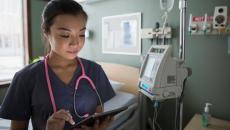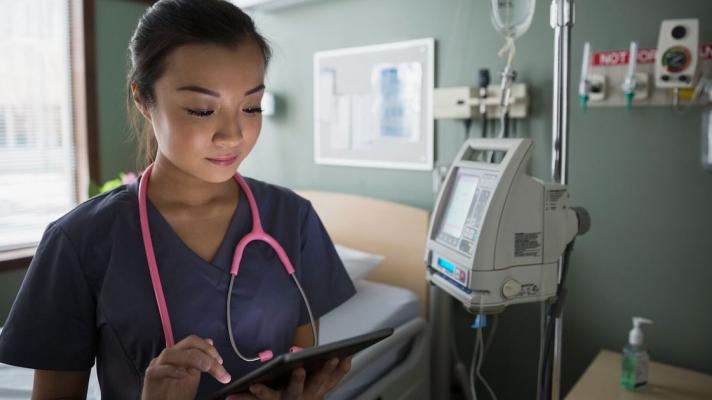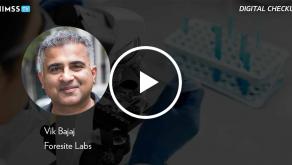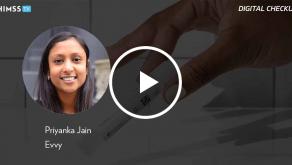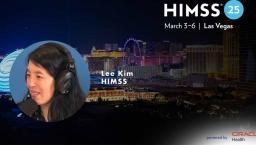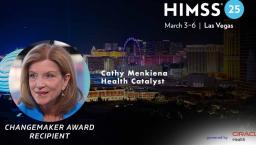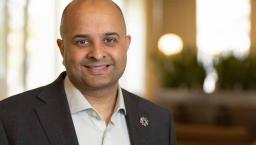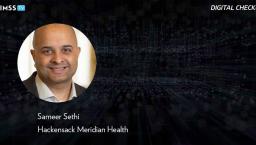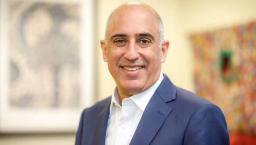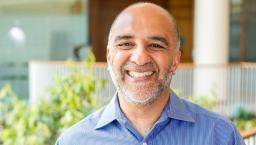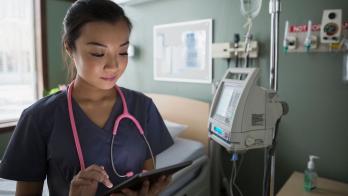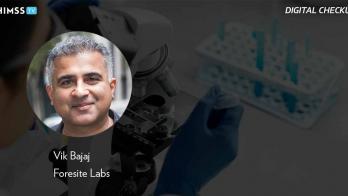RPM will be the new standard of care, a new study says
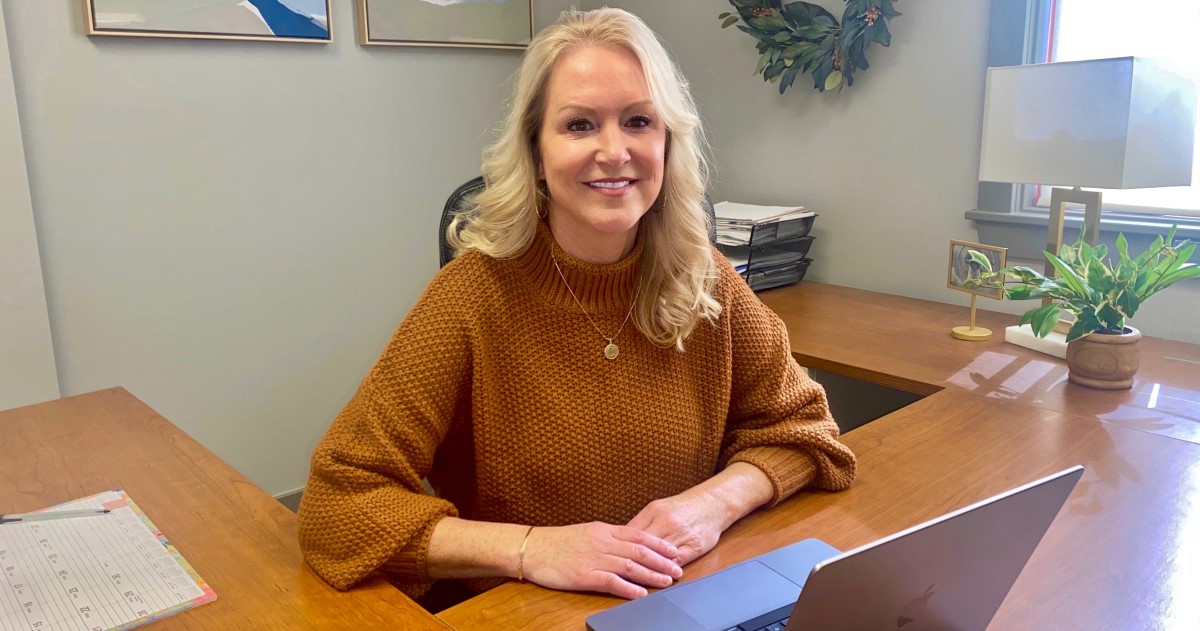
Dr. Teresa Sieck, CEO, president, cofounder and chief medical officer at WebCareHealth
Photo: WebCareHealth
Sixty percent of healthcare C-suite and clinical leaders see remote patient monitoring becoming a new standard of care over the next two years, according to a new study released today by WebCareHealth, a company that delivers solutions to remotely monitor patients managing chronic illnesses.
Further, 66% of survey respondents at provider organizations say RPM helps identify gaps in care for 10% of patients. This could be a boon for telehealth technology that could lead to better patient outcomes.
Dr. Teresa Sieck is CEO, president, cofounder and chief medical officer at WebCareHealth. Healthcare IT News interviewed her to get her to dig into the most significant results of the study.
Q. The survey suggests that 40% of physician offices leverage RPM today, with nearly 70% of those practices reporting improvements in patient engagement, satisfaction and increased revenue associated with ability to create capacity for higher intensity office visits. What will it take for more providers to adopt RPM?
A. Remote patient monitoring adoption has historically been slow, cost and change management being the top two barriers to RPM usage today. Despite innovations in care delivery during the pandemic, some providers and patients are still resistant to change.
Changing behavior and driving the adoption of RPM require educating healthcare providers on the many benefits of RPM. They need to see RPM data, hear from their patients and talk with other organizations that are currently using RPM to understand its impact. Providers need to see proof that RPM is working and hear from others who use it and like it.
There also is a need for improved RPM ease of use and integration into clinical workflows to help practices effectively care for more patients without adding burdens to providers.
Q. Sixty-six percent of C-suite and clinical leader respondents at all types of provider organizations say RPM helps identify gaps in care for 10% of patients. This is significant. What does this mean for patient outcomes?
A. According to our study, RPM is primarily used to identify gaps in care for high-acuity patients diagnosed with heart failure, hypertension, diabetes and atrial fibrillation. Through RPM comprehensive real-time data collection, providers can treat immediate needs and proactively monitor trends for patients with chronic conditions.
Providers will need to evaluate the overall impact RPM has on the current state of a patient's health and impact on outcomes over time. Knowing a patient's blood pressure or weight, for example, only tells one part of the story. It is important to couple this type of data with symptomatology, functional status and clinical guidelines. This helps reduce adverse events and prevent hospitalizations and readmissions for high-acuity patients and other patient populations.
Every patient is going to have a gap and opportunity in care. How do we get patients on the right medication, or have the right procedure to improve their functional status and reduce their risk of hospitalization or readmission?
When people think of RPM, it's focused on acute. But the next generation of RPM is about identifying immediate gaps, as well as long-term opportunities to improve care for everyone. The majority of patients today have needs that can be addressed through RPM.
Q. Sixty percent of all respondents see RPM becoming a new standard of care over the next two years. Do you really think adoption of a newer technology can go this quickly? What will be the drivers that could make this happen?
A. When the pandemic hit, patients and providers had to quickly adopt new ways of receiving care. The pandemic, combined with today's growing incidence of chronic disease, an aging population, and increased demand for connected technology and services with reimbursement structures in place, are driving demand for RPM.
There still is work to do, however. RPM adoption as a new standard of care requires true alignment on patient and provider needs:
- The goals and implementation process for new RPM programs must be clear and supported by administrative and clinical leaders.
- RPM programs must integrate into existing clinical and operational workflows to drive clinical adoption and utilization.
- Ensuring ease of use for patients also is important for patient engagement and buy-in.
Q. What was the most surprising finding in the survey to you, and why?
A. I was surprised to see that most providers feel RPM is identifying the right gaps in care. Unfortunately, most providers do not understand the difference between gaps in care and opportunities.
RPM is used primarily today to treat immediate patient needs. But what they don't realize is: What they felt was the identification of a need, that is only touching the tip of the iceberg.
There is much more value that providers can get from RPM. RPM in its simplest form is collecting physiological data only. That just isn't enough. RPM also can identify guideline-directed medical therapies, procedures and tests that help monitor long-term trends to enhance patient care and capture additional revenue.
I do believe that RPM is a win-win for providers and patients in both the short term and long term. Providers who use RPM to proactively identify both gaps and opportunities will achieve better outcomes and also be able to scale programs more quickly.
Twitter: @SiwickiHealthIT
Email the writer: bsiwicki@himss.org
Healthcare IT News is a HIMSS Media publication.



